The Timeless Beauty of Japanese Gardens
2/18/20256 min read
Japanese gardens have long fascinated people around the world with their serene landscapes, meticulous design, and philosophical depth. They are more than just outdoor spaces; they are living works of art that embody a unique blend of nature, tradition, and spirituality. In this post, we will explore the history, principles, and distinctive elements of Japanese gardens, uncovering why they continue to inspire tranquility and mindfulness in our fast-paced modern world.
A Journey Through History
The roots of Japanese gardens stretch back centuries, with influences drawn from both indigenous Shinto beliefs and imported Buddhist philosophy. Early gardens were often places of spiritual retreat, designed to bring one closer to nature and, by extension, to the divine. Over time, these gardens evolved from simple, natural landscapes into highly stylized compositions where every element was imbued with meaning.
During the Heian period (794–1185), the gardens of aristocrats reflected the refined tastes of the era. They were designed to be viewed from inside pavilions, allowing the beauty of nature to be appreciated in a controlled, contemplative environment. Later, in the medieval period, Zen Buddhism played a pivotal role in shaping garden design. Zen gardens, or karesansui (dry landscapes), were created as aids to meditation. Their minimalist style, using rocks, gravel, and sparse vegetation, was intended to evoke the vastness of nature and the transient nature of life.
The evolution of Japanese gardens continued during the Edo period (1603–1868), when garden design reached a high level of sophistication. During this time, gardens were not only expressions of aesthetic and spiritual values but also symbols of power and status. The careful arrangement of ponds, streams, stones, and plants became a form of dialogue between the garden’s creator and nature, encapsulating complex philosophies in a single, cohesive space.
Core Principles and Philosophy
Japanese gardens are guided by a set of core principles that distinguish them from Western garden design. One of the central ideas is the concept of wabi-sabi, which celebrates imperfection, transience, and simplicity. This aesthetic encourages an appreciation for natural irregularities and the beauty found in aging and decay. A garden might include weathered stones, gnarled trees, or moss that has settled on a stone, all serving as reminders of the impermanent nature of life.
Another essential concept is ma, which refers to the space or pause between elements. In a Japanese garden, every gap is intentional and contributes to the overall rhythm and balance of the design. This focus on negative space allows visitors to experience the garden not just visually but also emotionally, evoking a sense of quiet reflection.
The integration of nature and art is also a hallmark of Japanese gardens. Every element—from the placement of a rock to the curve of a bridge—is considered carefully, ensuring that the garden appears both natural and thoughtfully designed. The interplay between natural growth and human intervention creates a dynamic tension that is both serene and invigorating.
Key Elements of Japanese Gardens
Water: The Essence of Life
Water is arguably the most crucial element in Japanese garden design. Whether represented by a tranquil pond, a gentle stream, or the subtle use of reflective surfaces, water brings a sense of calm and continuity. In many gardens, water is designed to mirror the sky and surrounding vegetation, creating an ever-changing tableau that shifts with the light and seasons. This reflective quality invites visitors to pause and contemplate, reinforcing the garden’s meditative purpose.
Stones and Rocks: Timeless Anchors
Stones and rocks are not randomly scattered but are chosen for their shape, texture, and natural beauty. They are often arranged to represent mountains or islands in a sea, a motif that symbolizes stability and endurance in the midst of nature’s impermanence. In dry Zen gardens, carefully raked gravel stands in for water, creating a microcosm of the natural world. These stone elements often carry an almost mythical quality, encouraging visitors to see beyond the ordinary and connect with deeper, symbolic meanings.
Vegetation: Living Art
The selection of plants in Japanese gardens is a thoughtful process that balances color, texture, and seasonal change. Evergreen trees and shrubs provide structure, while flowering plants add bursts of color that evolve throughout the year. The changing seasons are celebrated through the garden’s plantings, with spring cherry blossoms, summer greenery, autumn foliage, and winter evergreens each offering their unique charm. This cyclical transformation reinforces the natural rhythm of life and the concept of renewal, central to both Shinto and Buddhist beliefs.
Bridges and Pathways: Connecting the Journey
In Japanese gardens, pathways and bridges serve both practical and symbolic purposes. They guide visitors through the landscape, encouraging them to explore and discover hidden vistas. At the same time, they represent the journey of life, complete with twists, turns, and moments of reflection. A well-designed bridge might be deliberately curved to suggest a departure from the straight path of everyday life, inviting a momentary escape into contemplation. These architectural elements are crafted with precision, reinforcing the garden’s overall harmony.
Lanterns and Ornaments: Touches of Spirituality
Stone lanterns, pagodas, and other ornaments often dot the landscape of a Japanese garden. These objects are not mere decorations; they carry cultural and religious significance. A stone lantern might evoke the light of wisdom, while a pagoda could symbolize the layers of consciousness. Each ornament is carefully placed to enhance the garden’s narrative, contributing to a sense of balance and completeness.
The Role of Japanese Gardens in Modern Life
Despite their ancient origins, Japanese gardens remain relevant in today’s modern world. They offer a retreat from the stress and chaos of urban life, providing a peaceful sanctuary where one can reconnect with nature. In a society characterized by rapid technological change and constant stimulation, these gardens serve as a reminder of the importance of stillness and reflection.
Many contemporary landscapes, from private homes to public parks, have embraced Japanese garden design principles. The minimalist aesthetics, emphasis on natural materials, and the celebration of the present moment resonate with modern sensibilities. Urban planners and landscape architects increasingly recognize the value of incorporating elements that promote mental well-being and environmental sustainability, drawing inspiration from the time-honored traditions of Japanese gardens.
Moreover, Japanese gardens have transcended geographical and cultural boundaries. They can be found in various parts of the world, each adapted to local climates and cultural contexts while retaining the essence of their Japanese heritage. This global appeal speaks to the universal desire for harmony with nature—a longing that transcends cultural differences and connects us all on a fundamental level.
Designing Your Own Japanese-Inspired Garden
For those inspired by the beauty of Japanese gardens, creating your own space can be a deeply rewarding endeavor. While a full-scale Japanese garden may require considerable time and resources, even small adjustments to your outdoor space can capture some of its magic. Here are a few tips to consider:
Embrace Minimalism: Begin by clearing away clutter and focusing on a few key elements. A simple arrangement of stones, a water feature, and carefully selected plants can go a long way in creating a serene environment.
Mind the Balance: Consider the principles of wabi-sabi and ma. Allow for negative space and avoid overloading the garden with too many elements. Each piece should have its purpose and place.
Incorporate Natural Elements: Use natural materials such as wood, stone, and water to create a harmonious connection with the environment. Avoid synthetic or overly processed materials.
Reflect Seasonal Changes: Choose plants that offer visual interest throughout the year. Cherry blossoms, maples, and evergreen shrubs can provide a dynamic range of colors and textures that evolve with the seasons.
Create Pathways for Contemplation: Whether it’s a simple stone pathway or a meandering trail, design your garden so that it invites exploration and reflection. Each step should feel like part of a larger journey.
The Spiritual Underpinnings of Japanese Gardens
At its core, the Japanese garden is a meditation on life itself. The interplay of elements—water, stone, vegetation, and architecture—creates a microcosm of the world, inviting visitors to ponder the transient nature of existence. In Japanese philosophy, the impermanence of life is not seen as a cause for despair but as a reason to appreciate the beauty of each passing moment.
Every time a visitor steps into a Japanese garden, they are reminded of the delicate balance between change and continuity. The flowing water, the shifting shadows, and the seasonal bloom all speak to the cyclical nature of life. This awareness fosters a sense of mindfulness, encouraging us to savor the present moment while acknowledging that change is the only constant.
Conclusion
Japanese gardens offer more than just visual delight; they provide a space for introspection, healing, and connection with nature. Their design is a testament to the beauty of simplicity and the wisdom of ancient traditions. Whether you are wandering through a meticulously maintained Zen garden or contemplating the subtle charm of a rural tea garden, you are participating in a centuries-old dialogue between humanity and the natural world.
In an age where modernity often pulls us away from the natural rhythms of life, Japanese gardens stand as enduring sanctuaries of peace and reflection. They remind us that beauty can be found in simplicity, that nature and art can coexist in perfect harmony, and that every element of our surroundings has the potential to inspire mindfulness. Ultimately, the allure of Japanese gardens lies in their ability to evoke a sense of wonder and to nurture the soul, making them a timeless treasure in any landscape.
Whether you are an avid gardener, a design enthusiast, or simply someone in search of a quiet place to think, the principles and practices of Japanese garden design offer a blueprint for a more harmonious way of living. Embrace the spirit of wabi-sabi, celebrate the natural flow of life, and allow yourself the pleasure of quiet contemplation—just as the masters of these ancient gardens have done for generations.
With each carefully placed stone and each gentle ripple of water, a Japanese garden tells a story—a story of balance, beauty, and the enduring dance between humanity and nature.
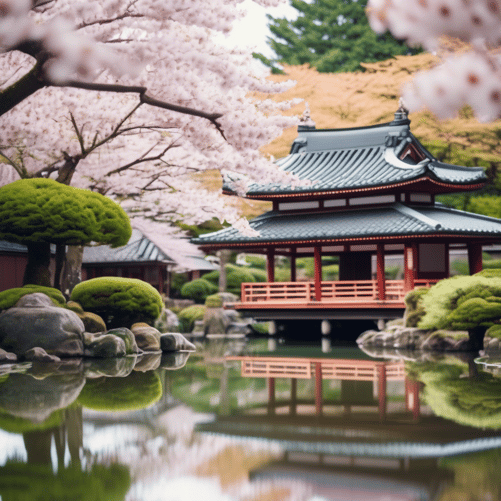
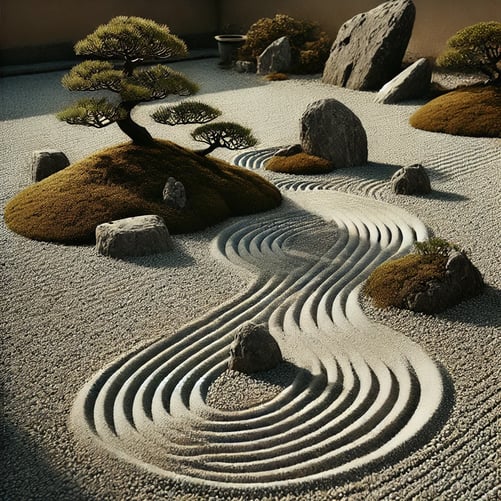
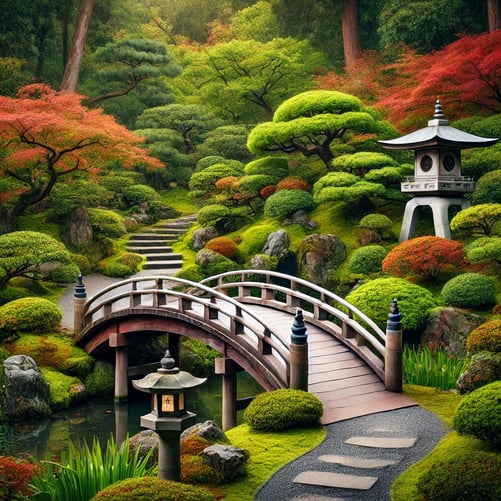
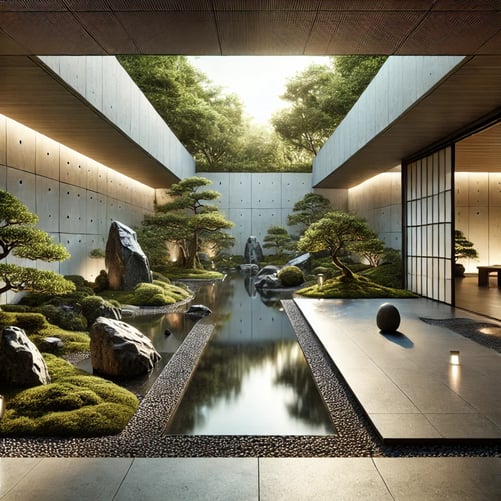
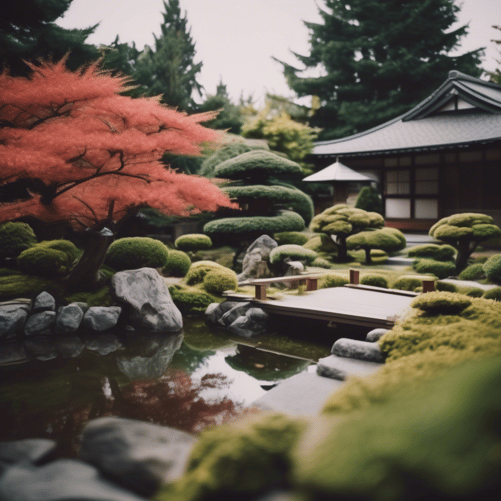
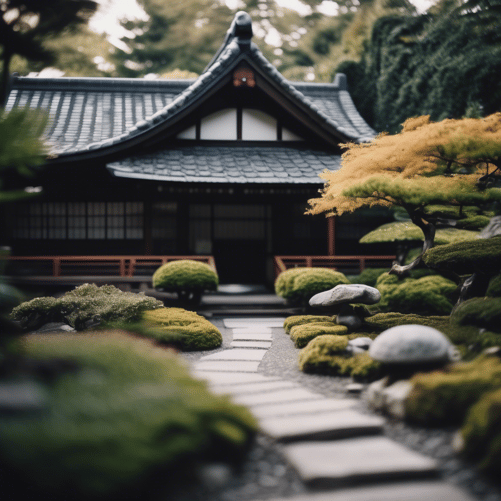
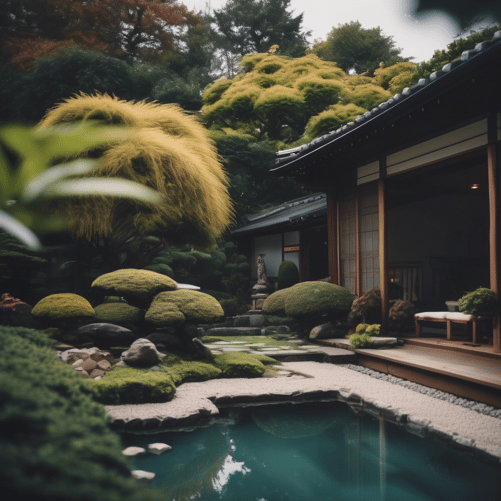
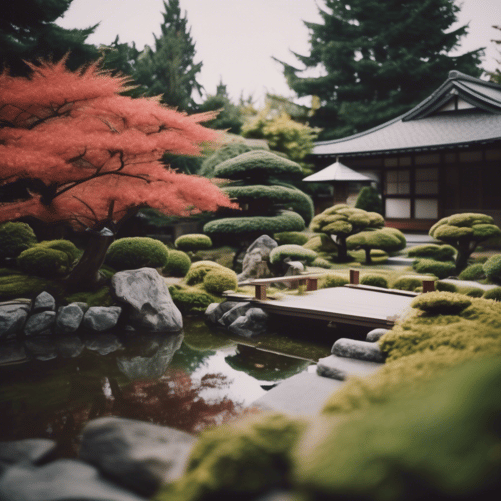
Inspiration
Explore ideas for your home and garden.
© 2025. All rights reserved.
